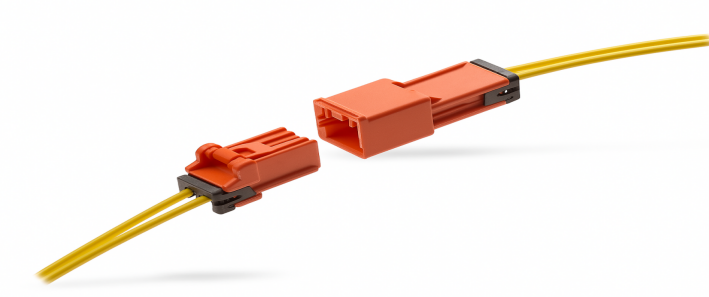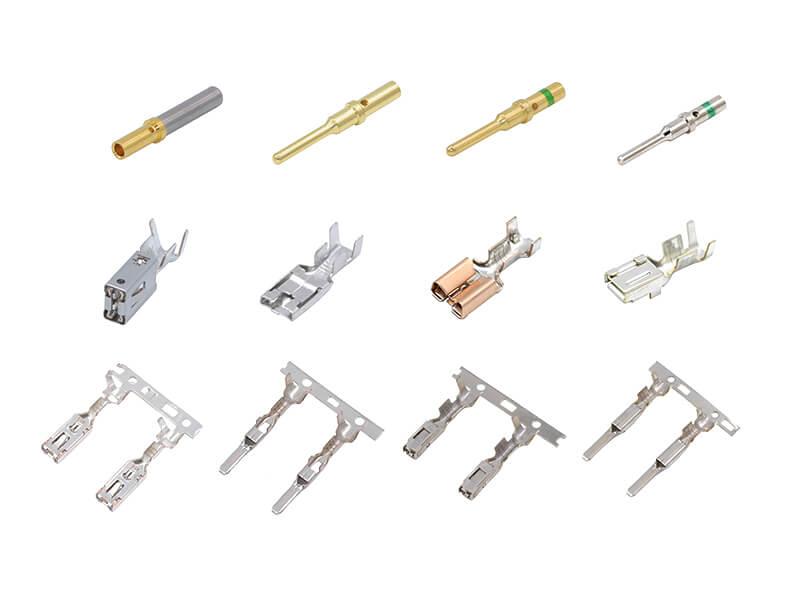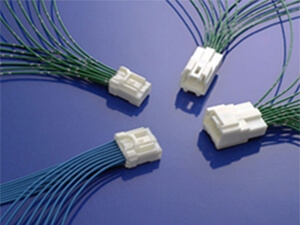Wire-to-wire connectors are one of the most widely used components in automotive and industrial wiring systems. Their job is simple but essential: to securely join two or more wires together, allowing electrical signals or power to flow smoothly.
Whether you’re working on vehicle repairs, wiring harnesses, or small DIY electrical projects, understanding the basics of wire-to-wire connectors can help you choose the right solution quickly.

What Are Wire to Wire Connectors?
Wire-to-wire connectors are devices designed to connect wires directly to each other without needing a circuit board. They ensure a stable, vibration-resistant, and often waterproof connection.
They commonly appear in:
Car lighting systems
Engine sensors
Motorcycle harnesses
Household appliances
Industrial equipment
Main Types of Wire to Wire Connectors

1.Sealed (Waterproof) Connectors
Designed with rubber seals to keep out water, dust, and oil. Ideal for engine bays and outdoor environments.
2.Unsealed Connectors
Used in dry, protected areas where waterproofing isn’t required.
3.Single-Pin Connectors
Simple connections for low-power circuits, such as sensors.
4.Multi-Pin Connectors
Used when multiple signals or power lines need to be grouped together.
How to Choose the Right Wire to Wire Connector
Here are the key points to look for:
Current Rating: Ensure the connector can safely handle the amperage.
Pin Count: Choose the correct number of pins based on your wiring needs.
Environmental Protection: Pick waterproof types for harsh conditions.
Locking Mechanism: A strong lock prevents disconnection from vibration.
Material & Durability: Automotive-grade materials last longer under heat and movement.
Installation Tips
Use a proper crimping tool for strong and stable terminals.
Double-check wire orientation before inserting into connectors.
Pull lightly after assembly to confirm the lock is secure.
Avoid mixing terminals and housings from different connector series.
Conclusion
Wire-to-wire connectors may look simple, but using the right type ensures reliability, safety, and long-term performance. For beginners, understanding the basic types and choosing according to your environment and electrical needs is the best first step.
To explore more connector options, visit our website:www.minmaxco.com






